The Vivo X100 Pro is the latest flagship from the company and is priced at ₹89,999. This phone was launched in China a recently and made it to India in January this month. Since the time of its rumours, there was a lot of hype about this as being one of the best cameras in a smartphone. The cameras are co-engineered along with Zeiss and it is also the only camera phone to get a certification from Zeiss as well.

So, we set out to find out if the cameras are worth all the hype? And put it through all the test to see what it delivers.
The phone that I reviewed was the maxed-out variant with a 16 GB RAM and 256 storages.The phone was also updated with the Fun Touch OS 14 and also is updated to the latest version.
Camera Set Up
At the back, the phone features a three-camera set up, all of which have a 50-MP sensors with a 32-MP camera in the front. What’s interesting is that the X100 Pro comes with a dedicated V3 chip and is also powered by the Mediatek Dimesity 9300 processor, which is the latest flagship from the company.

When I look at the cameras at the back, it immediately reminds of the OnePlus Open, which also features a big circular camera module. The shape of the camera set up in the Vivo is inspired by the Solar Eclipse and when you look closely than it actually resembles that design as well. But honestly I am not a fan of such big bumps.
But, you have to give it to Vivo, from the packaging to its build, the phone looks and feels premium. I also loved the small touches that they have given not just in the camera but in general. For instance, the Void warranty sticker in the box. When you peal the sticker, it says void underneath. Or the small letters on top that say Professional Photography. I like the placement of the flash as well.
But while these things are good, because of the texture of the phone, using this without the cover might be difficult. Its slippery and it isn’t the best camera grip on a phone owing to the slimmer and taller form factor.
Daylight Main Camera
The X100 Pro features a 50-mp main camera and inside this houses a 1-inch Sony IMX 989 sensor. And that is also one of the reasons why it needs such a big housing. At 1X the camera much like other phones these days gives you shortcuts to use different focal ranges to shoot from. But the important info is that it shoots a 12.5 MP stacked image from the main camera. You also have the option to choose from three styles and I’ve chosen the Zeiss Natural look for the images shot.
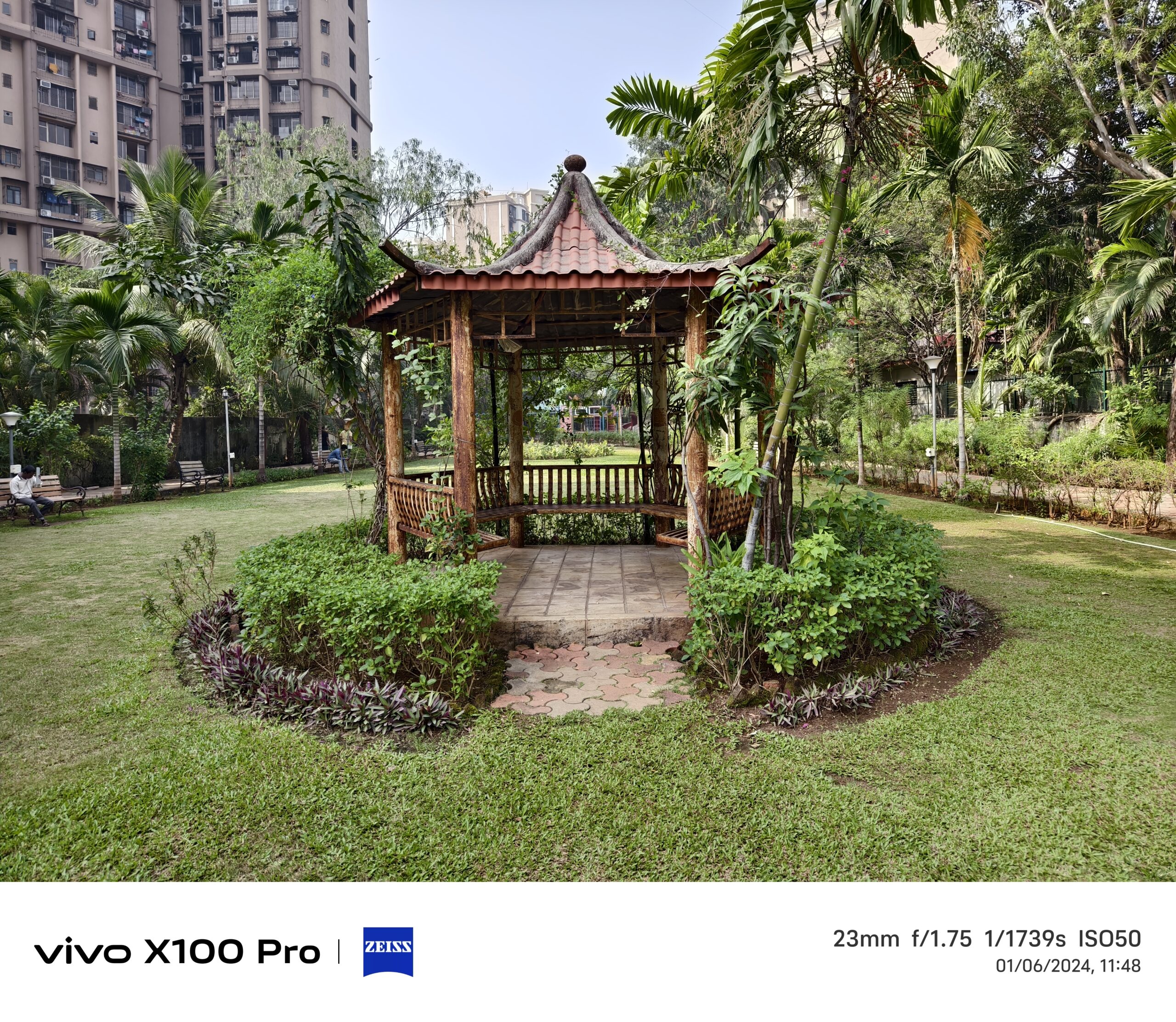

In terms of the images the pics shot on the main camera are pretty good. What I liked the most is that it was able to deliver images and the tonal range very accurately and similar to what your eye is seeing. In terms of sharpness and detail, yes there is a slight over sharpening in some cases, but not something that will bother you. The saturation and colour reproduction of the main camera is also pretty and I was slightly surprised by this. Androids usually have a tendency to over saturate pics and that’s also one of the reasons why I really like the iPhones, coz they reproduce the image the way it is. But in this case the pics are pretty good.
Daylight Ultra-Wide
In the ultra-wide camera, the X100 Pro gives you the option to shoot at 15mm and uses the 50 MP sensor.
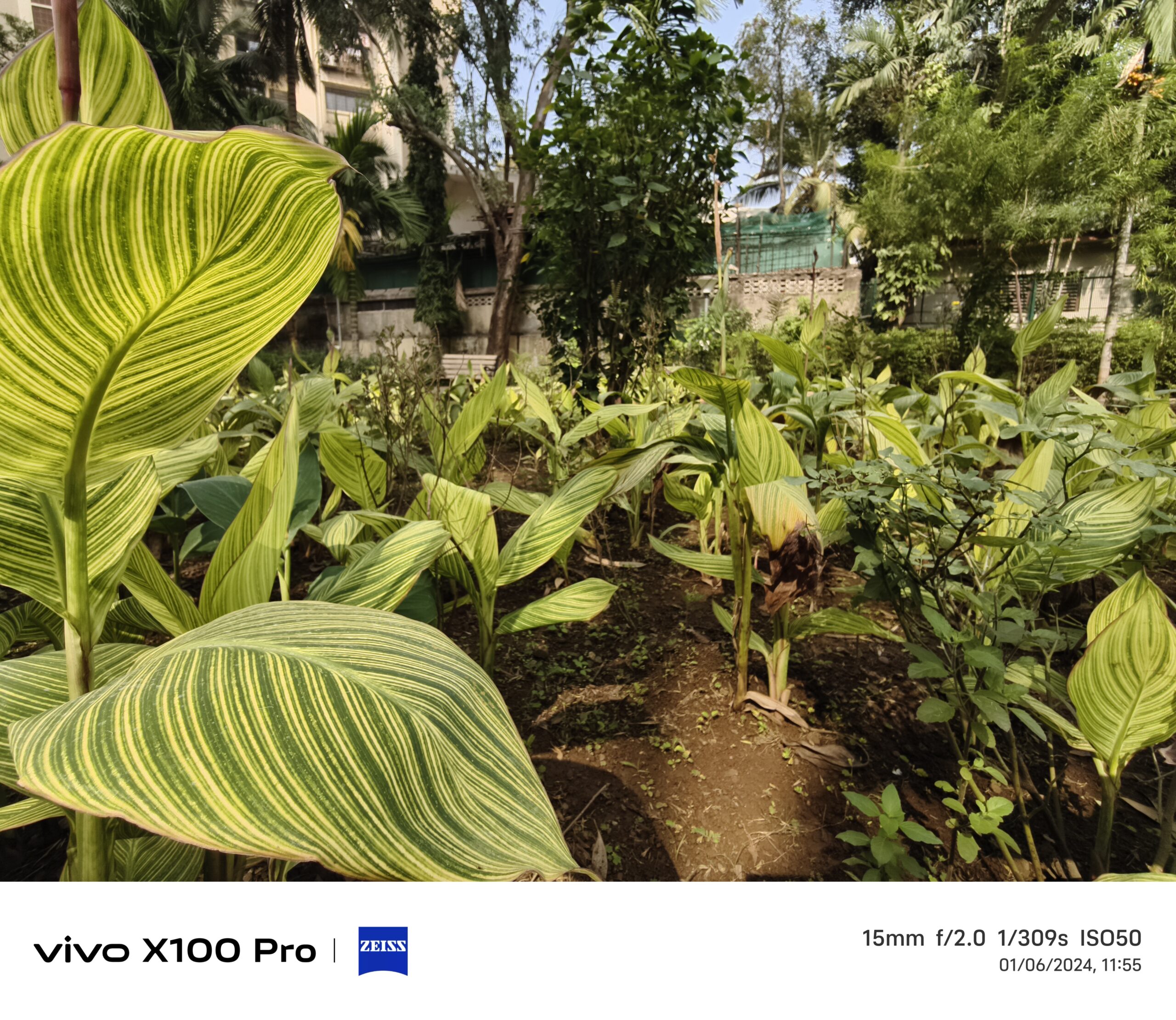

Overall in this case also the images were pretty good. The phone delivers good results that are pleasing to the eye and in terms of sharpness like most wide-angle lenses, the images weren’t very sharp. I also felt that the wide-angle lens was displaying a lot of perspective distortion. In most cases the building would come slanted, subjects slightly broader and this is important coz it changes the perspective of the image.
Daylight Telephoto
The telephoto lens of this camera is really special and for me the most impressive as well. It features a 50 MP sensor again and provides 4.3x Optical zoom which can go up all the way to 100x. But what’s important is that it also has a floating lens like the Xiaomi 13 Pro, which means it acts as a good macro lens as well.




The images from the phone are really good and thoroughly impressive in the telephoto category. If you remember, recently I had mentioned that the OnePlus Open has a very good telephoto lens, probably one of the best in the business. But this is even better. The images are sharp, well saturated and also extremely detailed up to 4.3x and up to 10x as well actually.
But beyond 25-30x I just feel that most of these lenses can’t be used anyways. However, the camera does deliver ok images even at the highest focal range.
Lowlight Main Camera
In terms of lowlight with Main camera the images are surely sharp and AI surely does its bit here. You can see that it is over sharpening the images visibly. But to the naked eye they seem pretty good. In terms of accuracy and reproduction, I feel the performance was a mixed one.

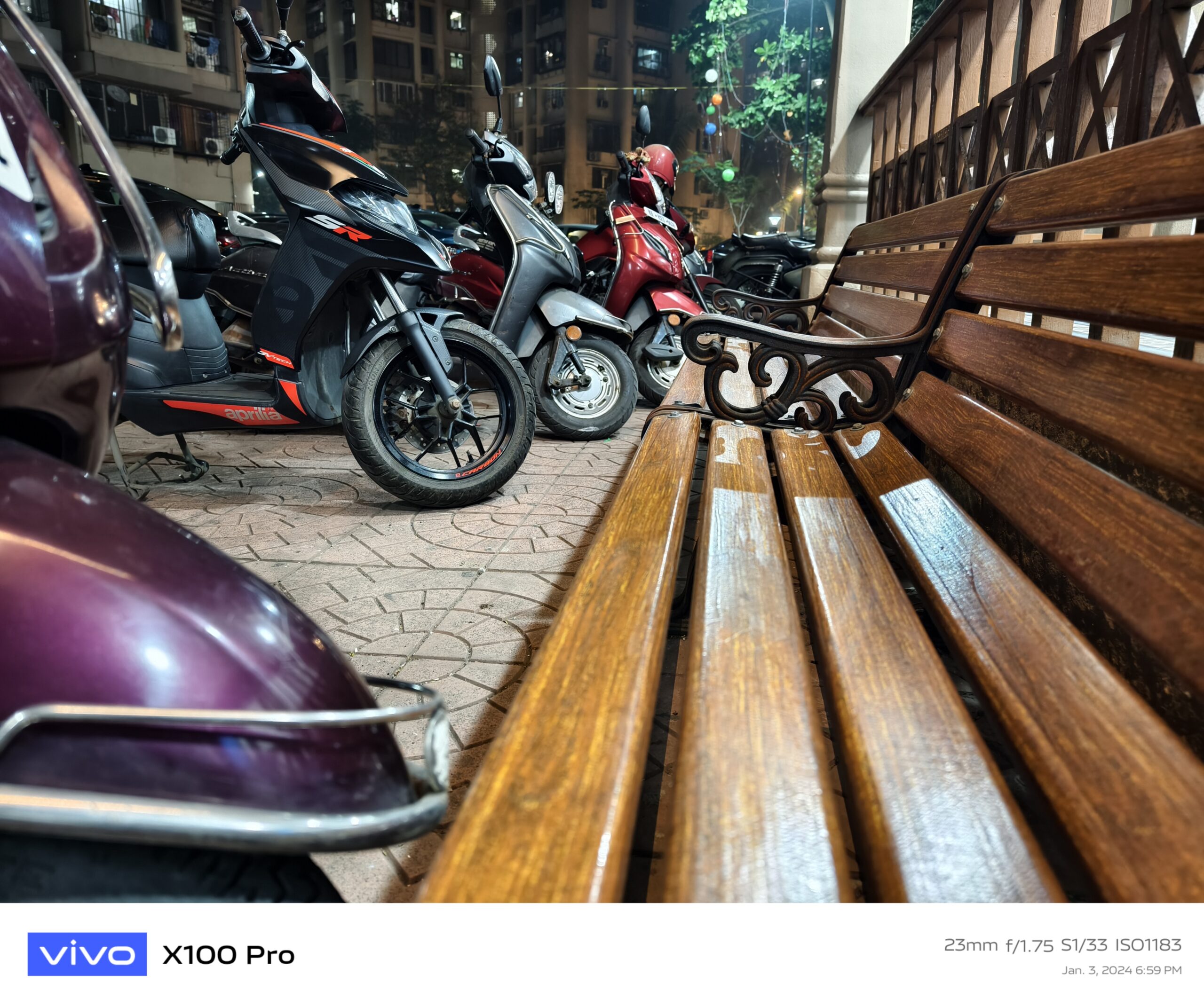
In some cases, it would actually reproduce the image exactly how it is and in some it would have a slightly reddish or bluish tinge.
Lowlight Ultra-Wide Camera
In the ultra-wide I shot the same frame as the main camera and you can see the difference in the performance. The picture isn’t that saturated and in this case. It looks more natural and not over sharpened, which I liked a lot.

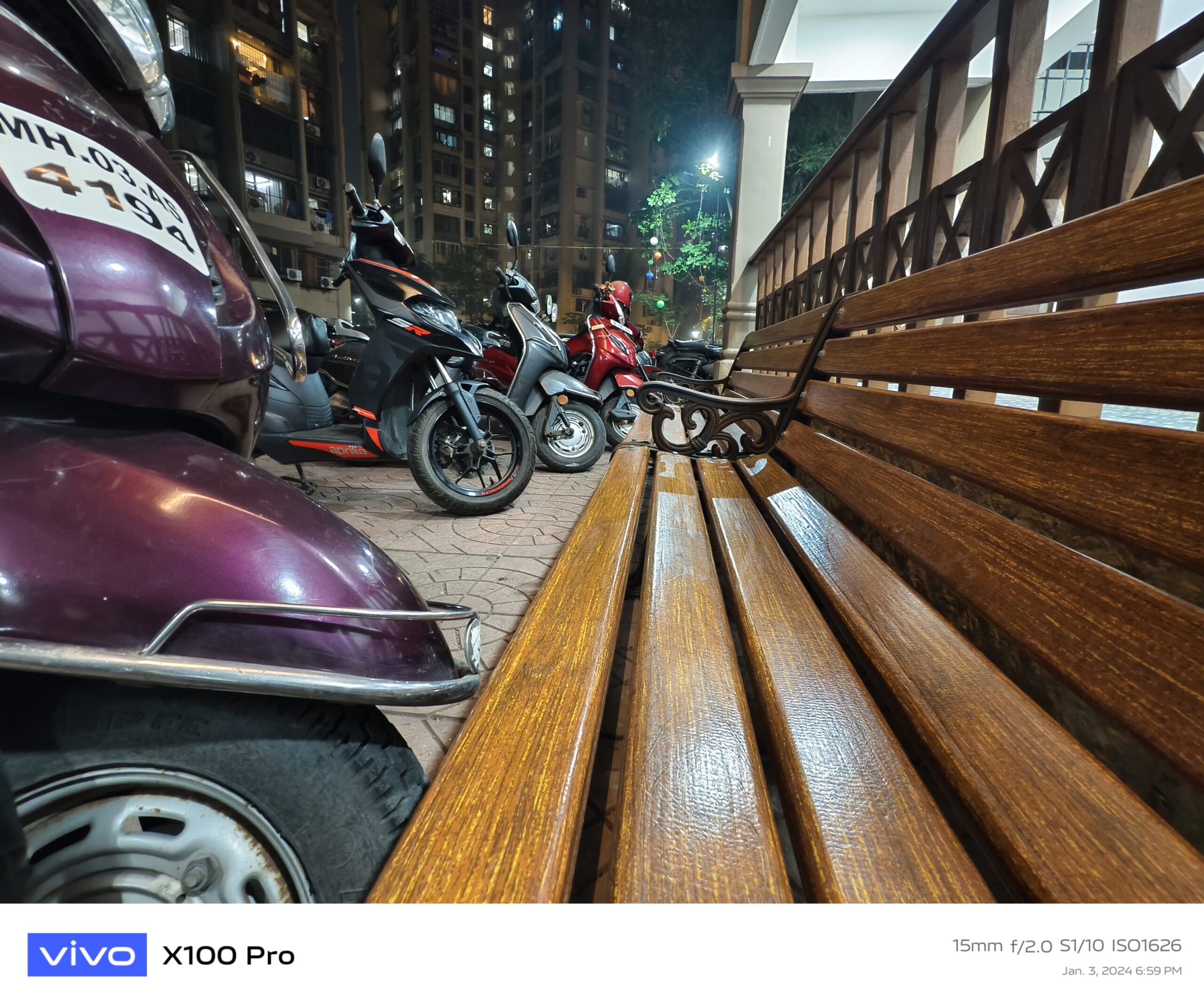
Again the sharpness is lacking but it was pretty dark. In fact, across the board in the wide pictures I found the images being delivered very accurately.
Lowlight Telephoto
Much like its daylight performance, the images with the telephoto in lowlight are pretty impressive. The colour accuracy is good across the range and also the sharpness that the phone is able to deliver is just great.


Portraits
When it comes to portraits the phone gives you host of focal ranges to shoot fromand also options to shoot with like skin smoothening etc.
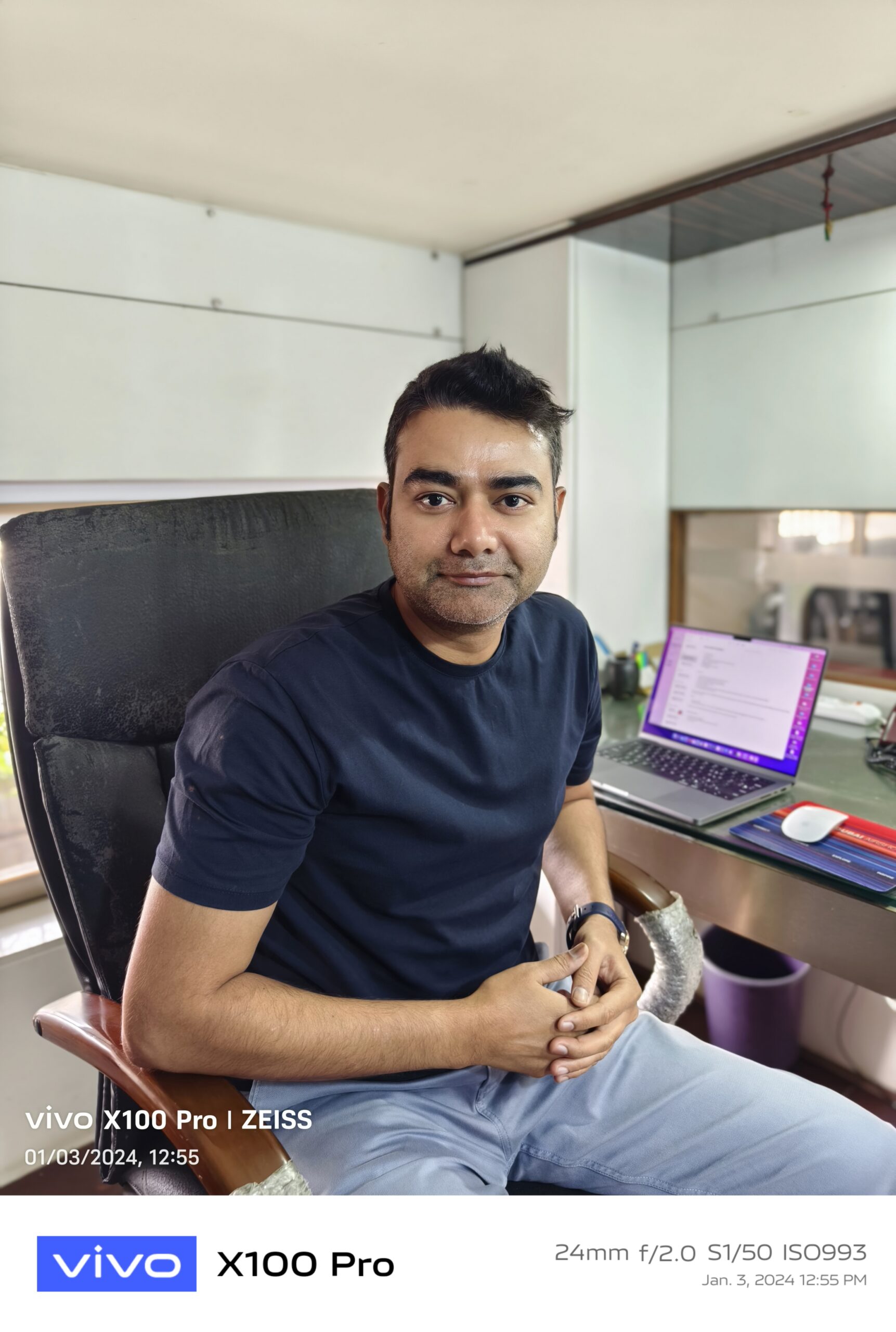

But when it comes to performance, the images are pretty good. They are sharp, detailed and look pleasing to the eye. Yes, there is a slightly over saturation when it comes to colours sometimes, but overall the images are good across most conditions. The edge detection is also very good with the phone recognising strands of hair as well and blurring the background.

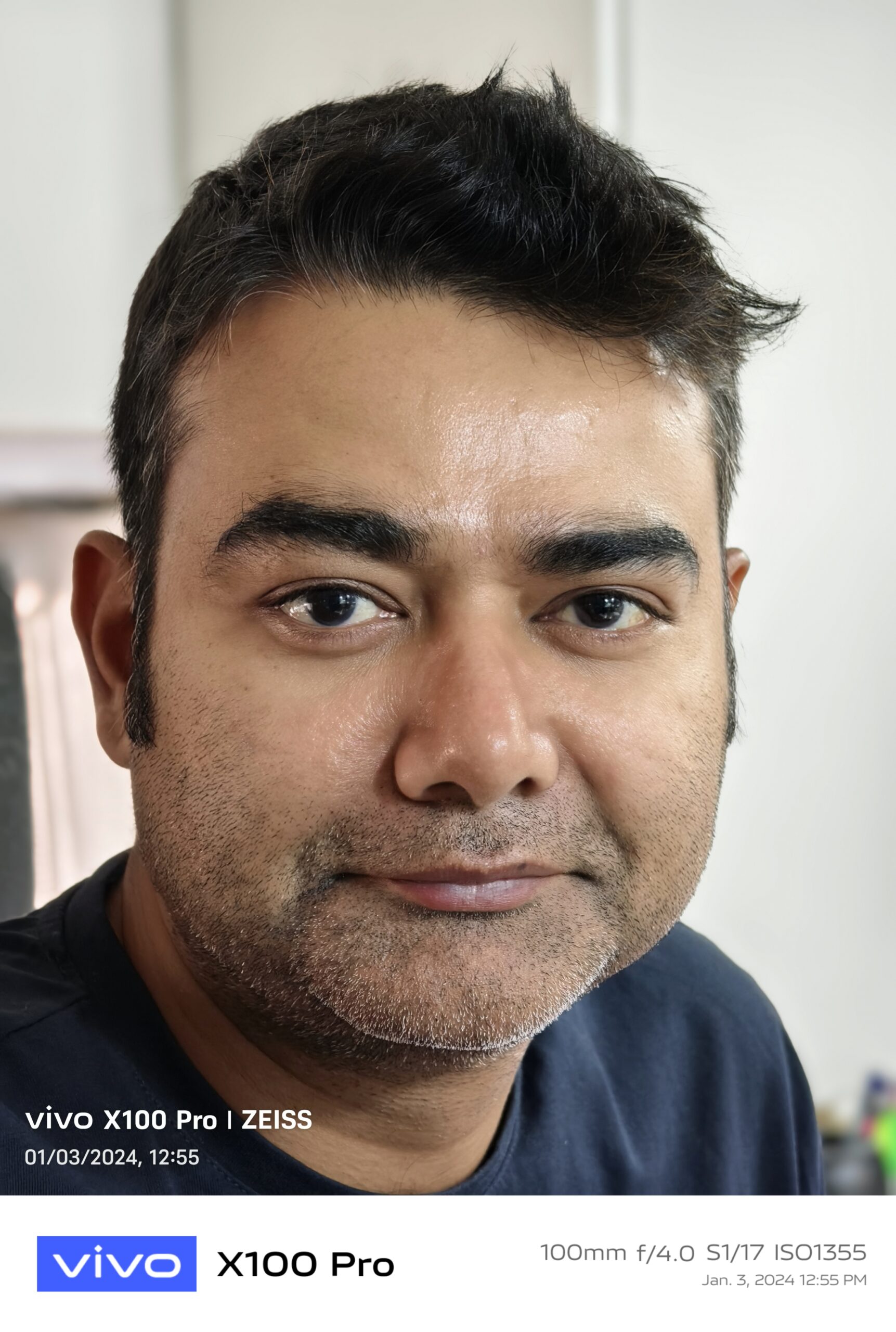
You also have the portrait package that makes you choose different styles of bokeh. The bokeh performance is decent I would say use the natural setting. So whether in daylight or in lowlight the images in portraits are pretty good in this case.
Macro
With the ability of the phone to get close using the floating lens, the macro images are just great and also very easy to shoot. The output is really good and once you activate the super macro mode then you can get blurred backgrounds as well. For users that like macro, they will really enjoy it as you can see from the images. Yes, the images are slightly over saturated, but I am not complaining. They just look good.
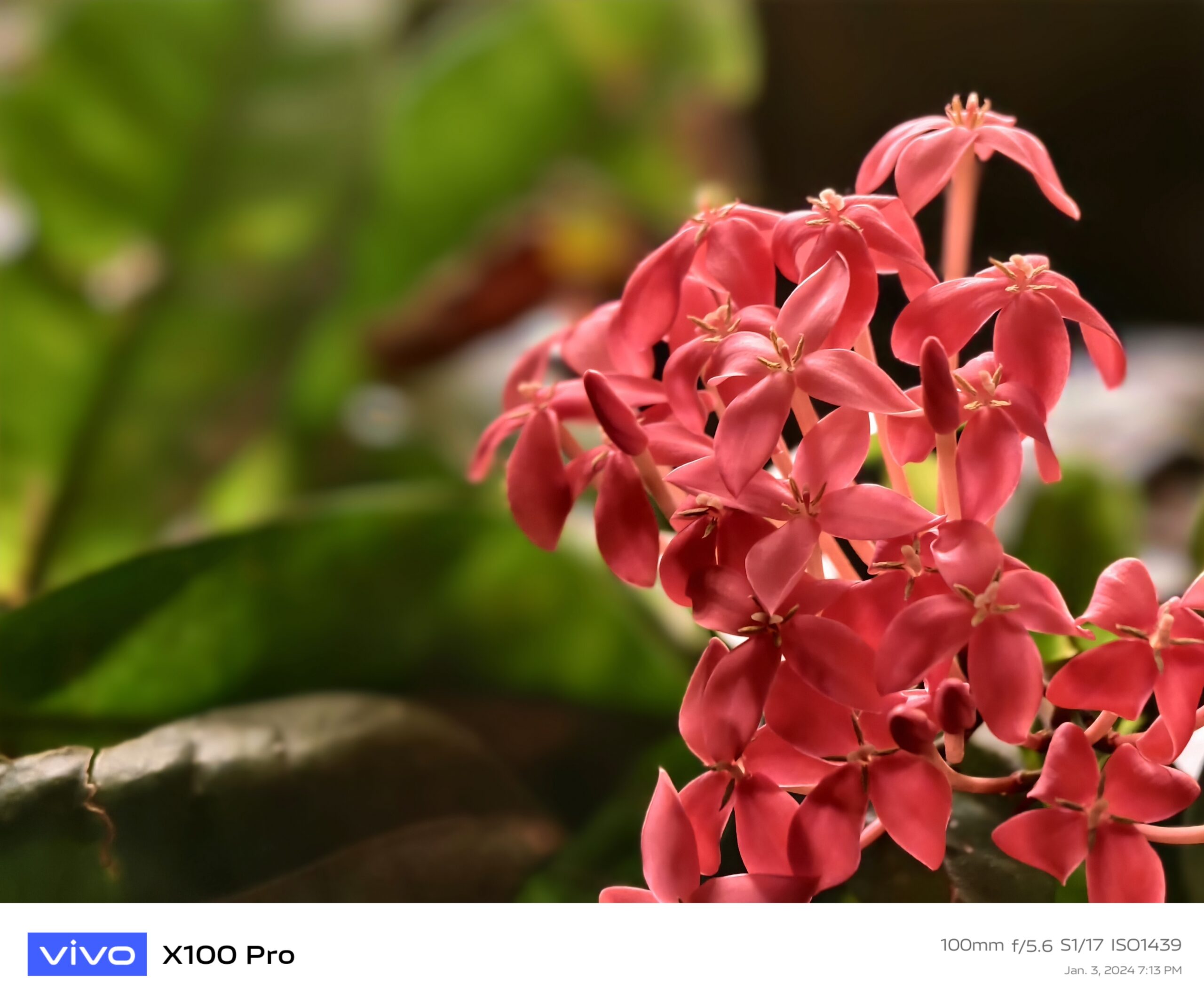
Front Camera
The phone features a front camera with a 32-megapixel sensor and honestly I think all the front cameras across the board need to improve their performance. The images from the front camera are ok. In lowlight you can see visible noise in a backlit scenario and in terms of portraits as well I thought the performance was ok.
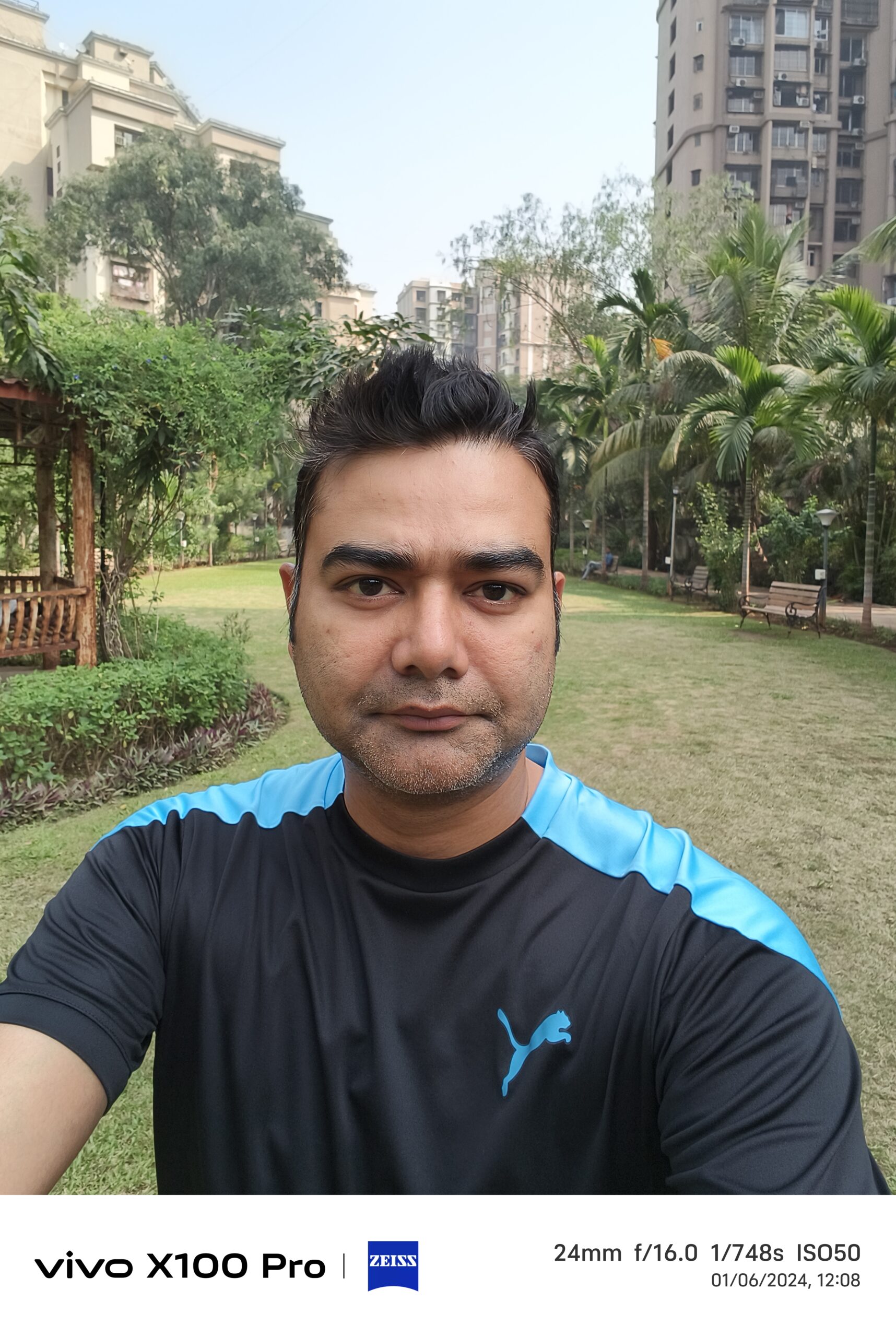
The biggest challenge is that in video this shoot up to 1080p, which I think should now be upgraded to 4k. So overall I think the front camera can deliver a much better performance, but yes to do regular things it is pretty decent.
Video
In terms of video the phone can shoot 8k up to 30 fps from back camera and 4k up to 60 fps and the overall performance in video is decent. The output is good and the phone is able to focus fast as well. The stabilisation is also decent and you have the option to shoot cinematic video etc. as well. And also one thing that I liked is that you can switch between the lenses while shooting.
Other Interesting things
User Interface
The camera UI is very android like and I think if the phone had an overall better UI then it would just be so much more appealing to me. The thing is that we have now been spoilt with the Pixels, iPhones, OnePlus’s that UI is actually one of the reasons why users also don’t change their phones.

Display
The display of the phone is amazing. It features a 6.78 LTPO AMOLED Display with 120 Hz refresh rate. In fact, even the peak brightness is 3000 nits, which is very impressive and you won’t have any challenge using it in daylight conditions.

Conclusion
So how do I find the X100 Pro – I actually want to talk about a couple of things here. First let just talk about the cameras. The performance of the camera is very good. Overall across all cameras the phone is able to deliver sharp well detailed results and it is consistent. And the telephoto in this is really impressive. It really looks like Zeiss and Vivo have worked hard on these cameras.
But and here is a the big but.
While everything about this phone screams premium, its build quality, display, cameras, performance, it truly justifies the price billing of 90k as well. But since the time I have started using this phone there is one thing that is really eating my head. Would a user really spend nearly 90k on a Vivo phone? Because has Vivo been successful in positioning their brand as that premium a product? Because purely from a phones perspective there is nothing that it is doing wrong. It’s fast, it’s light, it’s slim, delivers an awesome performance, and there really isn’t much to complain about.
Text and Images: Bhavya Desai

How is the mic of the phone in comparison with apple and samsung
Its ok. Not as good as the others. You can see the full video review on our YouTube channel.